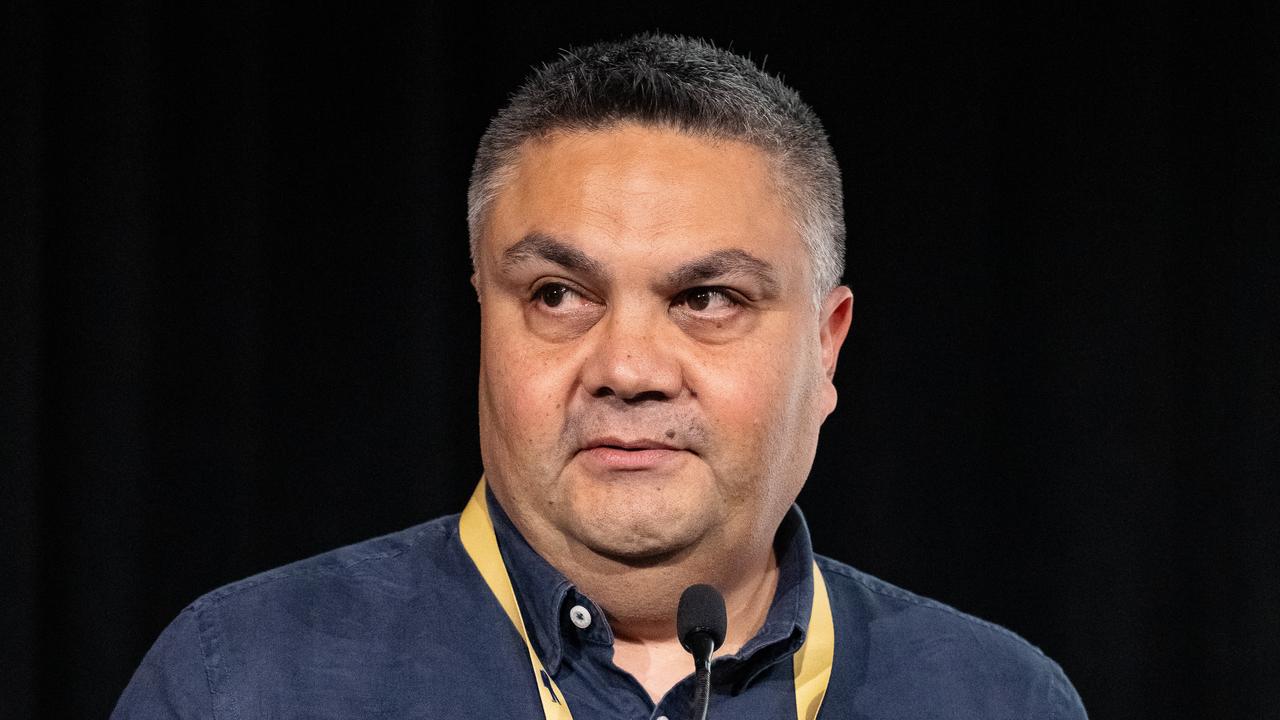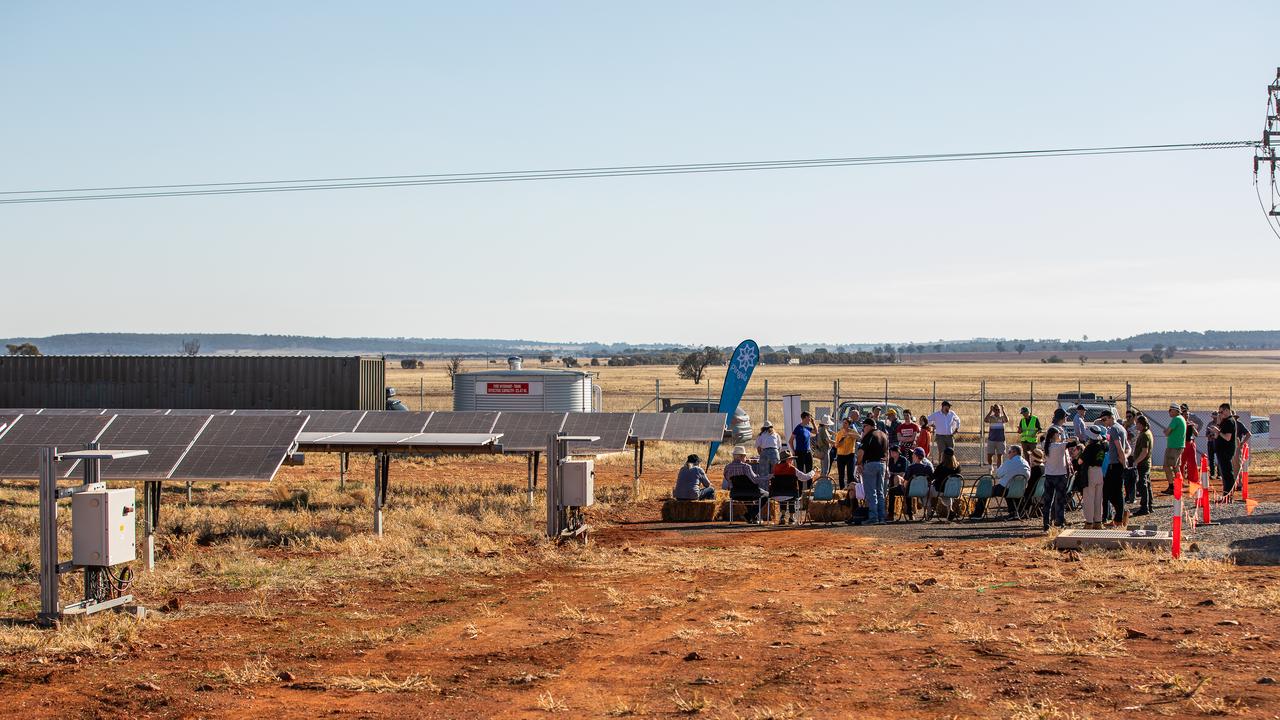
Inviting locals in to own a slice of nearby wind farm or battery projects in order to share in their successes is no novel idea, especially in parts of Europe.
Community co-ownership and co-investment in renewables has been attempted with some success on Australian soil too.
Sapphire Wind Farm in the NSW New England region attracted $1.8 million from more than 100 investors in 2018, few of them out-of-towners.
Yet direct community involvement in clean energy is still far from mainstream, particularly when it comes to big commercial endeavours rather than those small and mid-sized.
Barriers to co-investment include poor awareness, lacklustre returns, an absence of incentives and a host of real and perceived risks for both communities and industry.
But at a time when local buy-in has never been more important to decarbonising the energy grid, the Community Power Agency is wondering why co-investment is not a more dominant tool in the kit.
Research and project co-ordinator at the not-for-profit, Anna Berka, says there is strong evidence from overseas linking community co-ownership in commercial energy projects to improved social acceptance and trust.
In Australia, however, that work hasn't been done but the agency is exploring the evidence base.
"There's a huge need to develop a support ecosystem to build capacity, to make sure people can get the right technical, legal and financial advice," Dr Berka tells AAP.
To date, much of the innovation in energy shared ownership has been driven by First Nations groups.
One such example can be found in Wellington, NSW where the community has secured the option for a five per cent equity stake in an Ampyr Australia-developed big battery.
Depending on its performance, the arrangement can be expected to generate millions over the project's 25-year life.

Gavin Brown, a Wiradjuri man and one of the directors of Wambal Bila, a new community entity, says discussions around deploying those funds generated a lot of interest.
"Everyone was really buoyed by the opportunity," he says, noting that language reclamation or cultural supports were among the options discussed.
He is hopeful First Nations equity schemes will become business-as-usual.
"Whether it's our country, another group's country and they're paying for the interest, then really, we can't see the barriers," Mr Brown says.
The details of the financial structure will soon be released publicly, in a gesture Ampyr Australia chief executive officer Alex Wonhas hopes will spawn copy cats.
He believes an industry dedicated to delivering "meaningful" benefits to communities will help the energy transition happen smoother, he tells AAP.
A First Nations Clean Energy Network report done in partnership with services giant EY shows community-shared ownership with traditional owners can improve financial viability, reducing project risk, cost and delay.
"Everything from environmental, cultural approvals, land access, all those sorts of things take time and they can be done more smoothly when working with the community," according to network co-chair Karrina Nolan says.

She says it is still early days for First Nations ownership and equity benefits in Australia, with several utility-scale projects in development but none built.
Stride Renewables partner Luke Osborne, who was involved in Coonooer Bridge wind farm in Victoria that combined corporate and community ownership, says such models have merit but are not "silver bullets" for social licence concerns.
He cited a few reasons stopping shared ownership taking off in Australia, with several attempts to invite community investment falling flat.
"That was kind of interpreted as - I'll put this a little bit bluntly - 'here's a project that you may not welcome but it's okay because you can invest your own money in it'," he tells AAP.
"That wasn't seen as really addressing community concerns."
Lacklustre profits from utility-scale projects and troubles coming up with the cash are other barriers, he says, problems that can be overcome by gifting the equity stake as was done successfully with Coonooer Bridge.
As it stands, Mr Osborne says direct payments to project neighbours have been the favoured pathway for benefit sharing over co-investment.
For energy companies, allowing minority shareholders into the "corporate tent" can be risky and add another layer of administrative complexity.

For local shareholders, exposure to the ups and downs of the ever-evolving energy market comes with risks. Fairness can also be an issue for households without money to invest.
But Mr Osborne still thinks the shared ownership can be useful tool in the right context.
"The currency of social licence is trust," he says.
"From that perspective, it has a lot of merit because you cannot be any more open than letting people into the shareholding of the project."
Policy settings are already helping to drive better outcomes for communities hosting renewables.
The merit criteria built in to capacity investment scheme, a government-led clean energy underwriting program, has been described as a "game-changer".
It works by rewarding bids that uplift and reward local hosts.
Dr Berka was hoping to see more incentives for shared benefits, specifically co-ownership, going forward.
"With the right policy support, you could actually make it quite mainstream."







